Want to grow your twitter followers responsibly?
Trusted by 50,000 monthly users • since 2009
The term outreach has become synonymous with the practice of reaching out to people over the internet & email. It has been in use pretty much since the internet began, and has evolved as the platforms and websites that dominate the web have emerged.
It became really popular in the link building space over the last decade, due to its effectiveness at driving link placements for better search rankings. Although Google has attempted to discourage it for link building, it still has many valid uses. On twitter it has an entirely different set of use cases. Some of the most popular are:
I'll loosely refer to outreach as any interaction you initiate in a planned or strategic fashion. Think of it as all the interaction you do on twitter that is over and above the normal stuff you do while scrolling through your timeline each day. It is the interaction that takes effort, and it is more than just liking and retweeting cool things in your feed each day.
Outreach offers the most focused targeting of all the promotion methods available to us. It is basically the only method you can use to get specific people to follow you. Although you are not always guaranteed to succeed using outreach, you will have the highest likelihood of success with it when targeting individuals in your niche.
It is the most time-consuming of all the growth methods, but it sometimes yields quick easy wins too. Someone may follow you back and interact immediately, or you may have to spend weeks building a relationship with them.
Let's use an example to compare it to other forms of targeting. Let's say you want to promote yourself to some people going to a party down the road.
Clearly, actually going to the party will give you the best chance of building a connection with your targets. Unfortunately it does take a lot of time though, and so we tend to reserve this effort for influencers and peers in our niche who provide really valuable connections to us.
Twitter offers a distinct advantage over email in that people can easily see who you are when you reach out to them. They'll see your profile picture straight away, and if they hover over it or click through to your profile they'll see your bio and your tweets.

This all lends itself to being a much more personal interaction than email, where people tend to be more guarded initially. If your profile looks great, and your initial message to them is relevant and interesting, then you are well on your way to building a relationship with them. In addition, if you have any mutual connections then these may be highlighted to your target initially.
You can really improve your outreach performance by making sure profile is 100% set up, your timeline is full of good tweets, and that you have pinned a visual tweet that is relevant to your outreach efforts. It's all about making a great first impression.
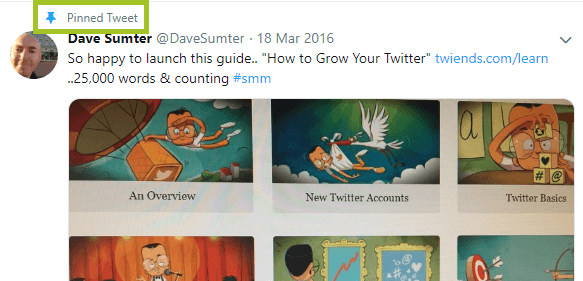
Outreach may seem daunting at first, but it really is very simple. Twitter is a very casual environment, which means that as long as you focus on value, you can pretty much toss formality aside. Here is a simple 5 step process for doing outreach. You can do this for 1 person or 100 people - the only limiting factor is the time it takes.
What do you want to achieve with your outreach? Are you trying to get someone to follow you? Or are you trying to increase engagement with an existing follower?
There are a number of ways to approach this, ranging from simple to complex. The easiest method is to search for people who have described themselves a certain way in their bio. You can see whether they follow you already and can see what they are about in their bio. You can even add them to a list directly from this page.

You could also search for people who shared certain types of content. In the example below I've done a quick search to see who shared an article about twitter contests from socialmediaexaminer. These people are now all potential connections for me to share my own guide about contests to. If you hover over their pictures you can view their profiles and decide whether you want to invest the time building a connection to them.
A variation of this that I like is to look for people who were tweeting certain types of stuff many years ago already. For instance, searching for "smm until:2016-01-01" will show me people who were tweeting about SMM many years ago already. This can help you find more established users in your niche.
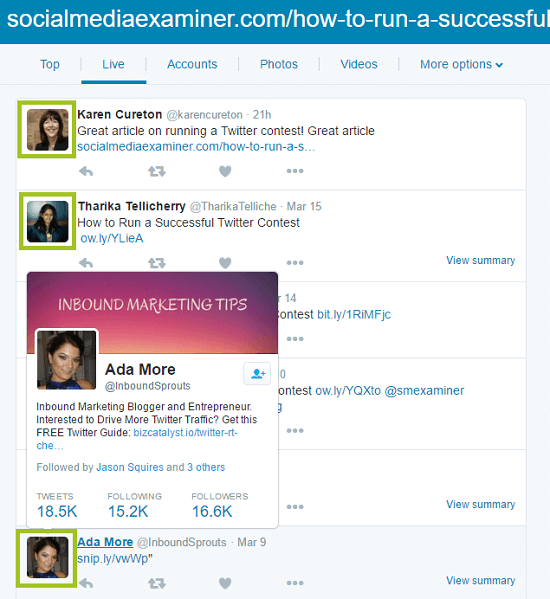
The beauty of this approach is that they are already following you, so the hardest part of your job is done. There are two great ways to pick people to target here. The first is to simply pay attention to your timeline and pick out targets day-to-day if they mention you and look interesting.
The second way is to go looking for them. An easy but unfocused way to do this is to search for anyone who has sent you a tweet, using the twitter search "to:YourUsername". You can then scan through these tweets and see if there is anyone interesting you want to reach out to.
A more effective way is to use one of the 3rd party tools that are focused on mining twitter data. There are many tools out there that can help you dig through your followers with a bit more dexterity. Below is a screenshot of a search on one such tool that shows me all my followers with a certain keyword in their bio:
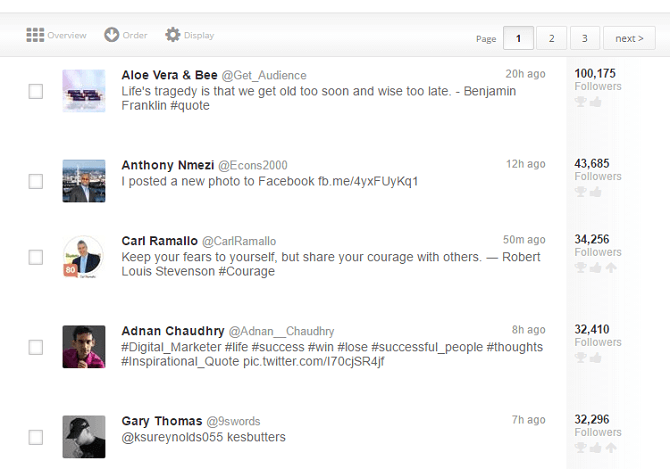
There are two types of people who actively use twitter (broadcasters and interactors). Try connecting with interactors first as you are likely to have more success.
Once you have found a person to build a connection with then you need to decide what your game-plan will be. Your ultimate goal is to get them to follow and engage with your stuff, but you need to decide how much of their stuff you want to see each day. The outreach methods broadly fall into three groups:
If you do follow someone then please don't unfollow them as soon as they've followed you. That is an interaction trick and is not what outreach is about. It is a deceptive practice and should not be used. Twitter also doesn't like it, and they are making an effort to remove those users who do it.
This is the glue behind your outreach efforts. Create a twitter list for the people you will be doing outreach with. This list will allow you to track them and will help you find tweets to interact with each day.

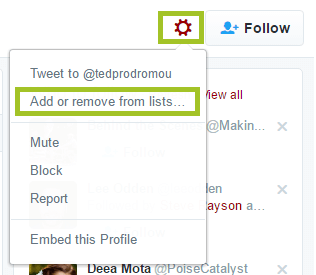
Now you can visit this list whenever you want to do outreach, whether that be once a day or once a week. It will also show you the tweets of the people you don't follow.
Everything you have done up until now has been preparation. What you do next will decide whether you are: a) interesting, b) a weirdo, or c) a spammer. People will judge you based on what you say to them, so tread carefully.
There's no need to rush this, so just pop a friendly reply to one of their tweets and chill. They may reply back, they may not. It doesn't matter, you can reach out to them again in a few weeks. Here are a few tips:
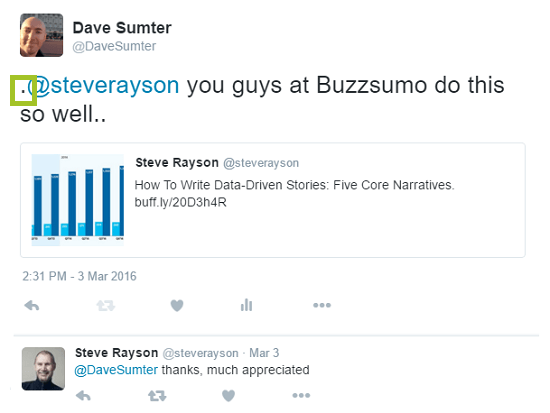
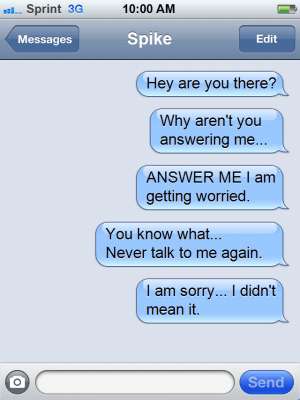



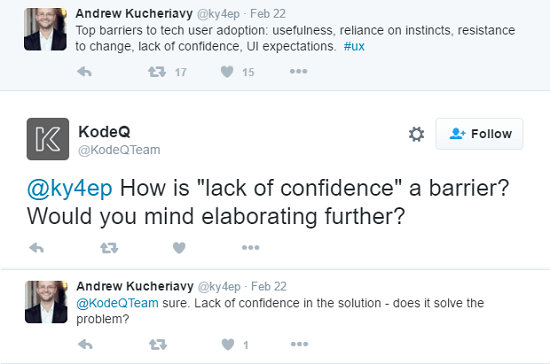

The point of all of this is that you are actually trying to add value to their feed. They should feel like they've benefited from the interaction in some way afterwards. When you first start reaching out to someone you will be in a 'giving mode' not a 'getting mode'. Don't ask them to do things for you, just do things for them. This is outreach, and it's a subtle process.
Once you have started interacting with someone you will need to decide whether you are making headway or not. If the person did something with your reply (liked it, retweeted, replied back, followed you), then that's a score. That's what you were after.
Wait a few weeks and repeat the process. Focus on quality interactions here and not quantity. Use your intuition to decide when the right time to interact is again. Remember that just liking and retweeting some of their stuff is a good way to fill the void, but it may pass unnoticed by them. You can take your cue off whether they initiate any interactions with you.
At some point you will need to decide whether the process is working or not for this person. Some people are just not attentive on twitter, and you may have picked a dud. Do a quick search to see whether they reply to questions or not. You can do this by clicking through to their timeline and viewing their tweets & replies. This will show you how much they engage back. You may want to do a bit of this in step 1 too.
If they don't reply to tweets then you may be wasting your time, and it may be time to cut them from your list. You are well within your right to unfollow them too - let's face it, if they don't want to participate on twitter then what is the point in following them. Many 'influencers' on twitter don't respond to tweets (they often receive too many messages). It's unfortunate, but you have to respect how they want to use the platform and move on.
Outreach is more of an art than a science. It takes intuition, finesse, and social awareness. Ironically, all the skills one learns socializing offline. With that being said, there are a few obvious things to avoid.
By now it should be evident that outreach is hard, time-consuming work. It takes a great deal of effort to do right. You should use it to build specific relationships on twitter with influential people in your niche. The right contacts can help you amplify your message to a new audience, so pick the right people to connect with. Follow the steps in this article first, and then adapt them to your own style and workflow.